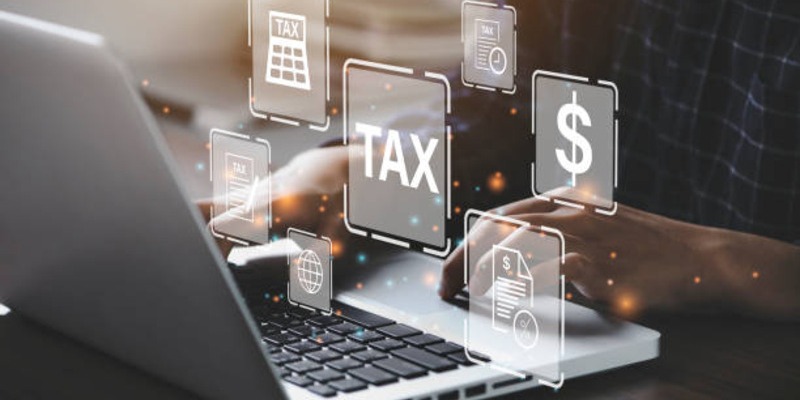The credit card number and expiration date aren't the only information you'll need when making an online or telephone transaction. A CVV code, or card verification code, is a security measure that the merchant requires to complete the transaction. What is the significance of having a CVV on hand?

CVV Stands For What?
"Card verification value," or CVV, is what it means. On most debit and credit cards, you'll find a three- or four-digit number on the back. Several different abbreviations in the industry also know this security feature.
CVVs Are Used For What?
Trimesters have moved their concentration to the digital world since chip-enabled cards have greatly reduced physical fraud. Online identity theft has supplanted the practice of making fictitious credit cards. Banks and credit card companies utilize the CVV (Card Verification Value) to prevent fraudulent digital transactions.
Most debit and credit cards have two CVV numbers. A magnetic strip encodes the first; the second is shown on the card. When making an online purchase, this is the code you need to enter.
What Is My CVV Number?

The position of your card's CVV may change, but it is printed on the card. The CVV is usually found on the back of a credit or debit card, near the spot where you sign the card, on Visa, MasterCard, or Discover cards. The security code for AMEX credit cards is normally located on the front, just above their account number.
The security code may also be located on the back of the card, behind the credit card number, for example. Unfortunately, you won't be able to get your CVV number without having your card on hand. CVV numbers are often not accessible through the internet.
What Is My CVV Code Used For?
As a kind of two-factor authentication, card security codes are used. When you use two-factor authentication, you have to provide two pieces of information to prove you're the cardholder, such as your credit card number and CVV.
Chargebacks911 co-founder and chief operating officer Monica Eaton-Cardone, believes that the CVV helps prevent fraud by verifying that the card is in your possession.
It's more likely that the buyer has the card in her hands if she can accurately input its CVV during checkout, Eaton-Cardone argues. "Criminals will have a harder time making fraudulent purchases using stolen cardholder information."
How Much Protection Does a CVV Provide?
A CVV code is a layer of security that isn't impossible to prevent fraud. Because of this, argues National Foundation for Credit Counseling's Bruce McClary, a credit card number without the CVV code has a lower risk of being used fraudulently, according to McClary's statement. When the card is used without your consent on a website that does not need the CVV code to be input, you may still be susceptible.
There are extra hazards associated with cybercrime. Cyber thieves may use malware to steal security codes from retail establishments. Cybercriminals may conduct phishing attempts to steal credit card CVV numbers from unsuspecting victims through the use of bogus emails or cloned websites that pretend to be legitimate.
Is CVV Numbers Safe to Hand Out?
The CVV code on your credit card should never be shared with anybody. Having your credit card number, expiration date, and CVV number is all a thief needs to make online transactions.
There are times when you may not need to send out your CVV number to a reputable merchant. The CVV code isn't usually required when paying with a card in person. As long as you're making purchases from reputable websites, submitting a card security code is generally secure. CVV numbers can also be given over the phone. Just make sure no one can hear the numbers and eavesdrop.
Does a CVV and a PIN Have Any Difference?
A PIN is a "personal identification number" generated by the user. Most banks only require four digits for a PIN, but others do. Cash advances with credit cards require PINs, but debit card withdrawals and purchases with debit cards use PINs. There is no such thing as a CVV for either of these PINs.
The credit card issuer generates CVVs, and they are written on the card automatically by the bank. Getting a temporary PIN from a bank when you get a debit or credit card is not uncommon. Please change it to a number of your choosing in most circumstances. A CVV, on the other hand, is beyond your control.
Is a New Card's CVV Different?
No two credit cards have the same CVV number for security reasons. After a current credit card expires, it will be replaced with a new one; the same holds for new credit cards you sign up for or replace an old one with. Your CVV will be changed even though your credit card number is the same as the previous one.




